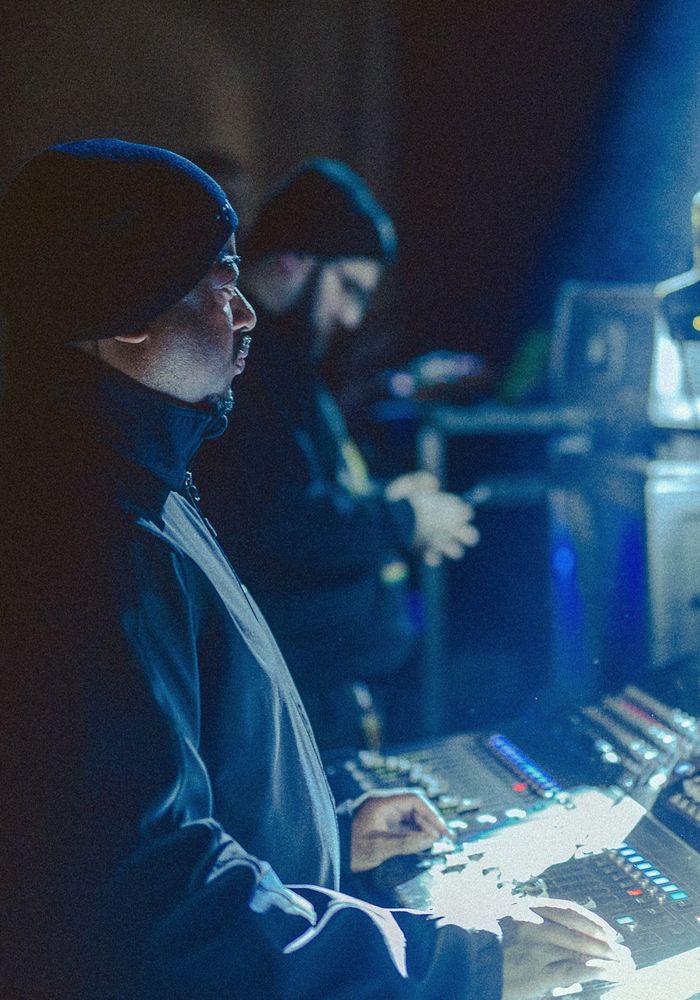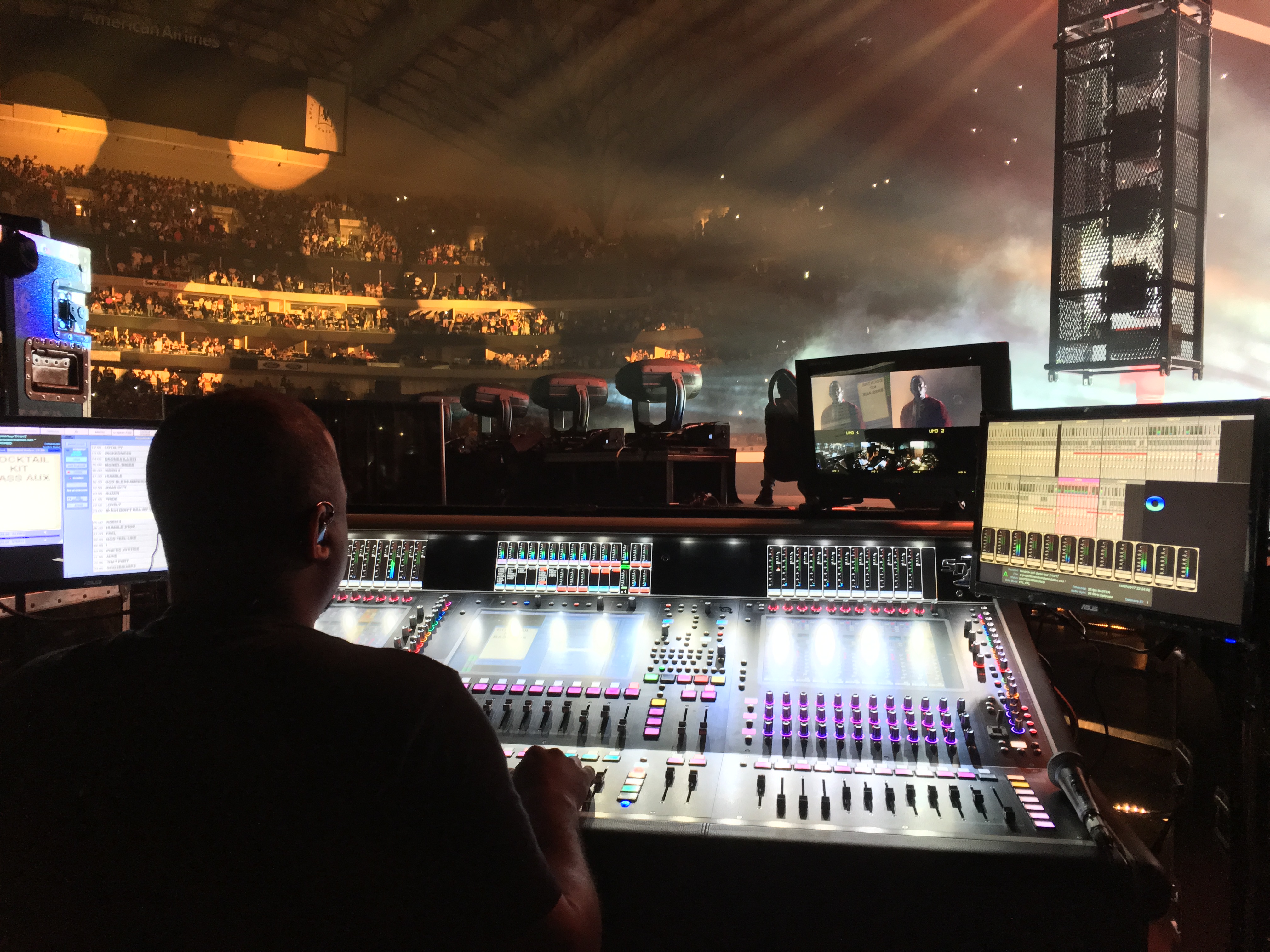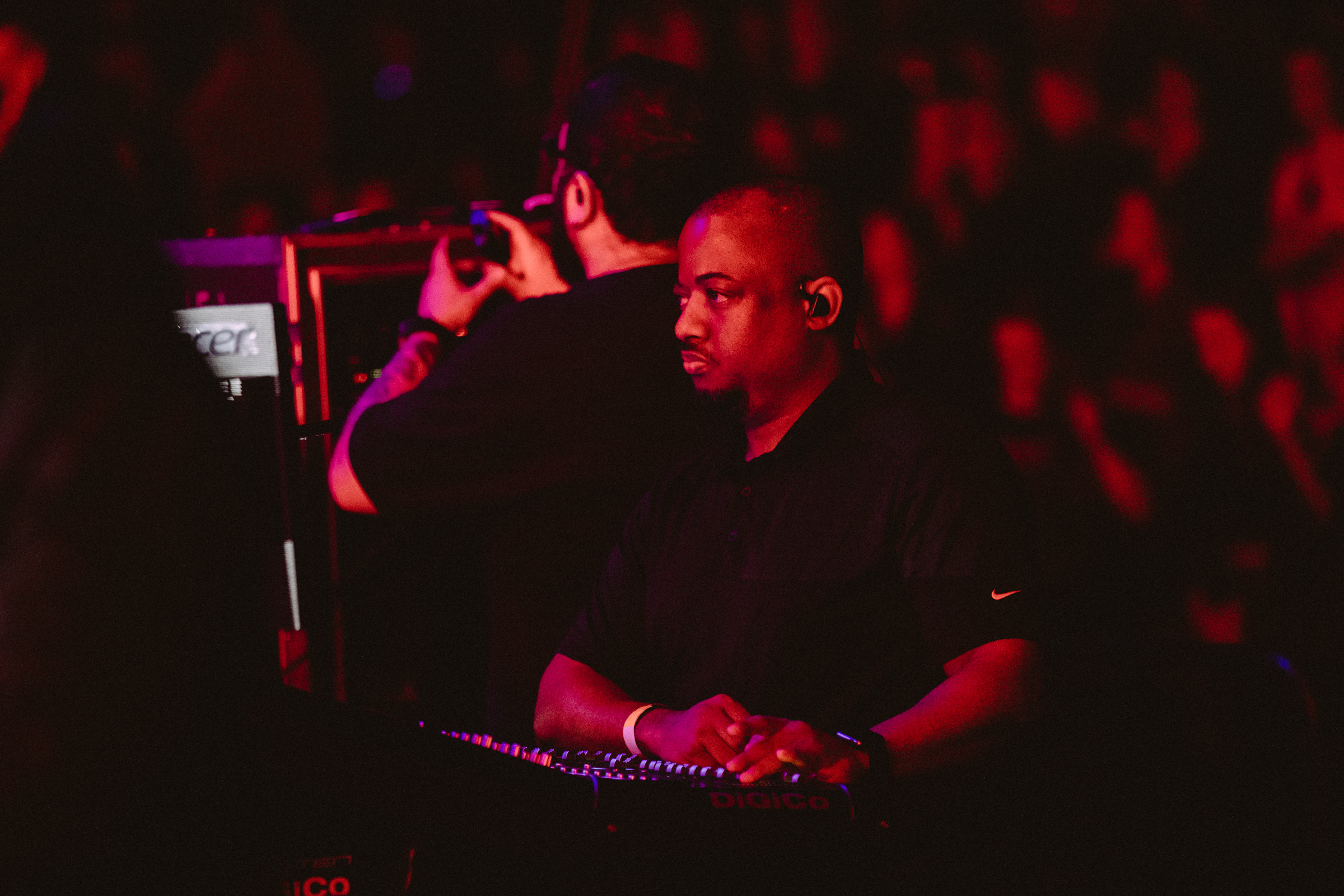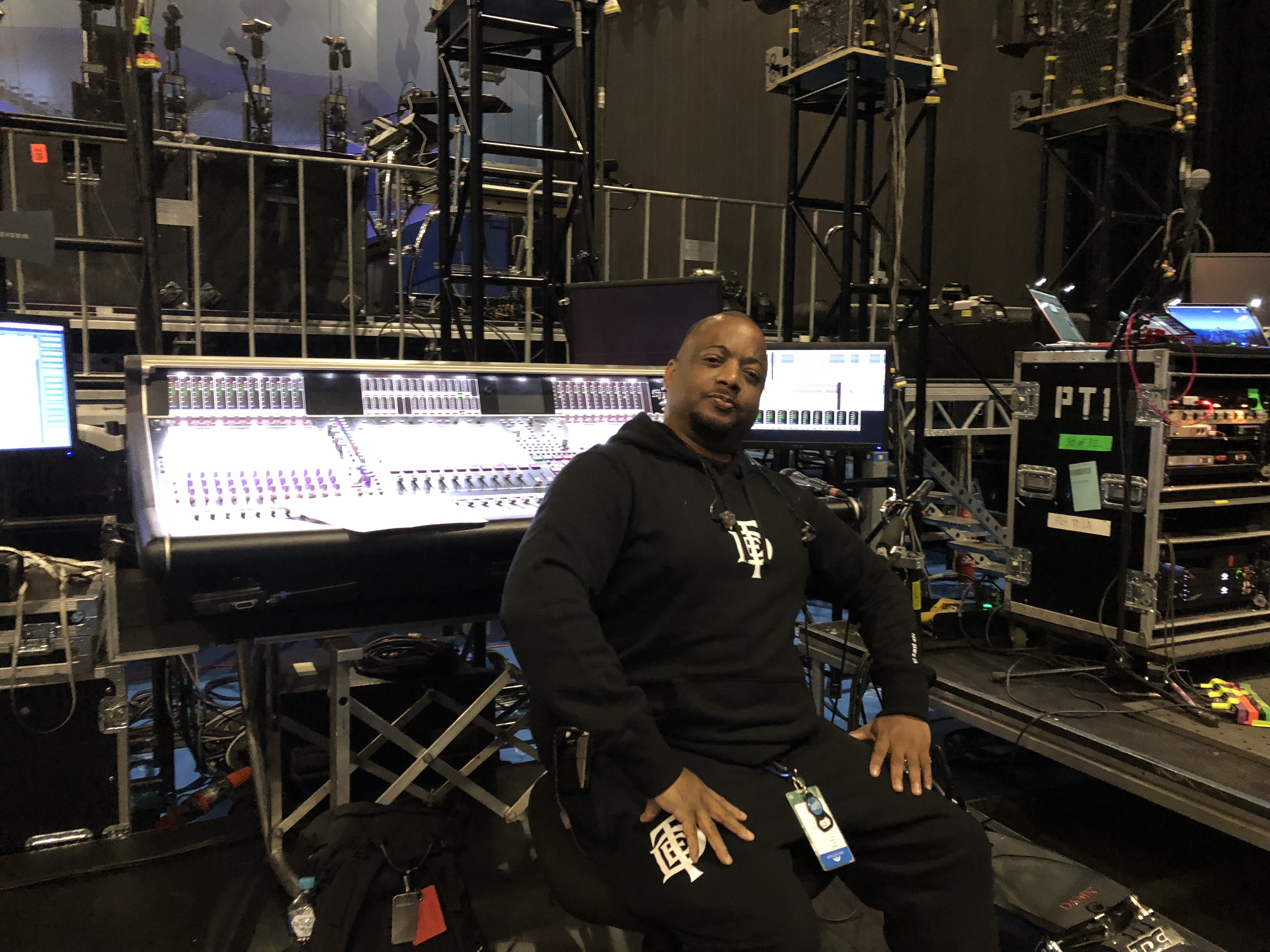Having experienced and worked in live sound environments from a very young age, it’s no surprise that monitor engineer Christopher Lee has found himself mixing shows for one of the biggest hip-hop acts on the planet, Kendrick Lamar. Here he talks about mastering his craft, life on the road, and why he’ll never be without his trusty DiGiCo SD7 console.
Initially finding himself at a loose end when the pandemic hit, Christopher Lee is now back up and running, and managing to keep himself busy with a number of soundstage-centric audio projects.
His last live show with an audience was at Cross Festival in San Diego on March 7 2020. After that, all of his shows got cancelled which made for a pretty quiet couple of months, yet halfway through the year as the situation developed, Lee found the work starting to pick up again, and since August he says it’s been a nonstop rollercoaster - something for which he feels incredibly thankful and blessed.
Born and raised in L.A., Lee is perhaps best known for his work as monitor engineer for Jennifer Lopez, SZA, and arguably one of the world’s hottest hip-hop stars, Kendrick Lamar, whose live shows are truly electric both visually and audibly.
When he returned home from that final festival gig last year, he knew exactly where to turn:
“I’ve worked a lot in the church game so I managed to get some gigs doing that, as well as working with a couple of artists that were doing some televised in-home things, going round and setting up a system for them in their house,” he reveals. “And then back in August and September is when the live streaming really went ballistic for artists using soundstages, filming and broadcasting their performances for the late night or early mornings shows that started coming back.”





